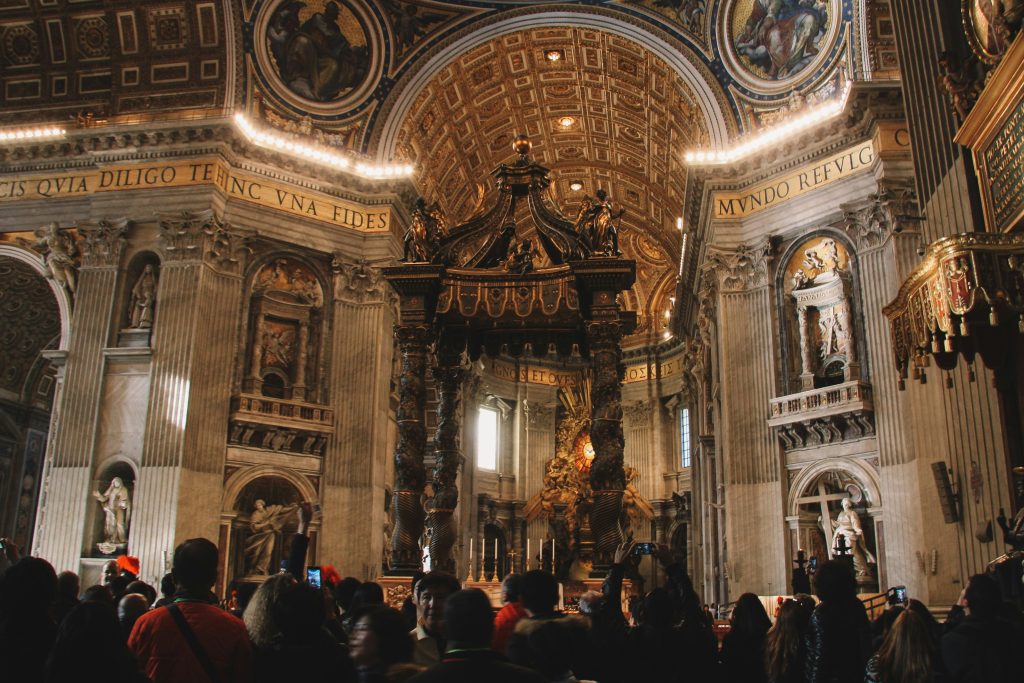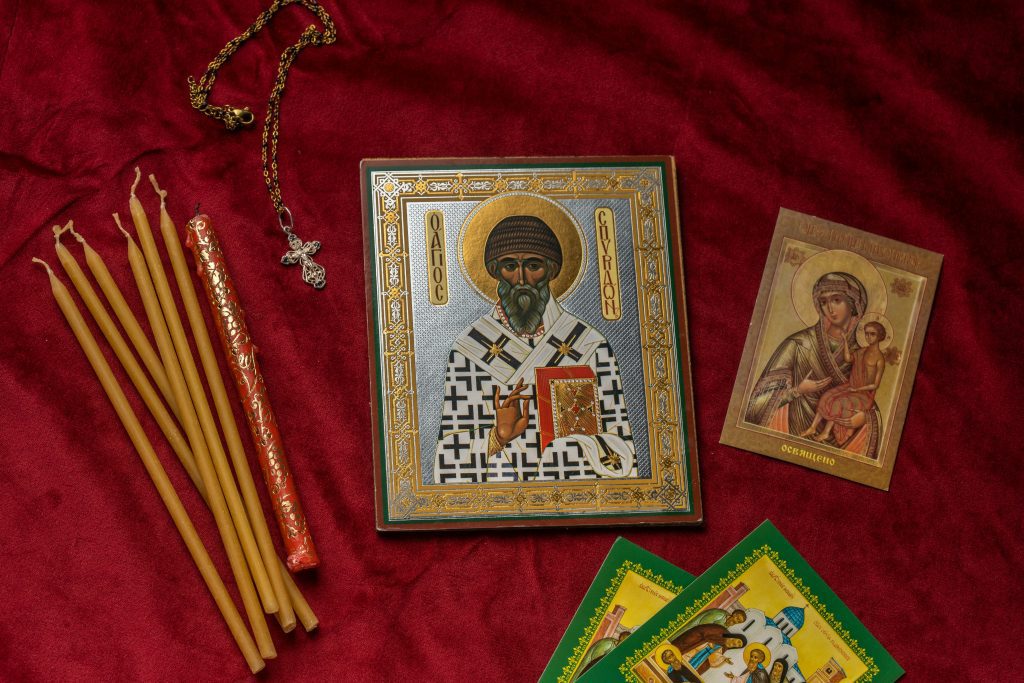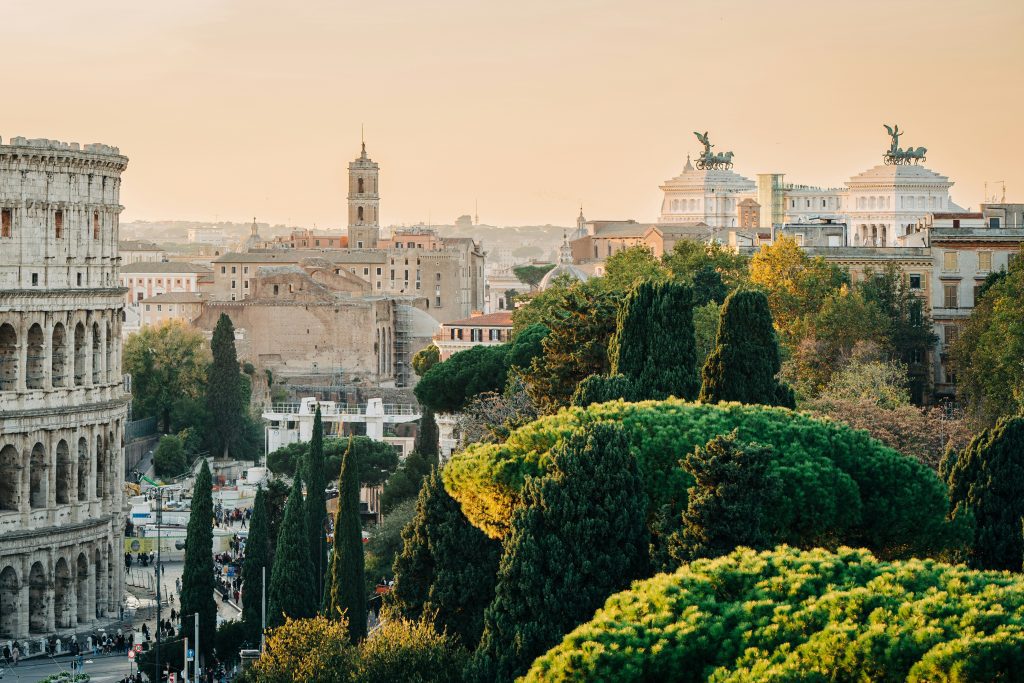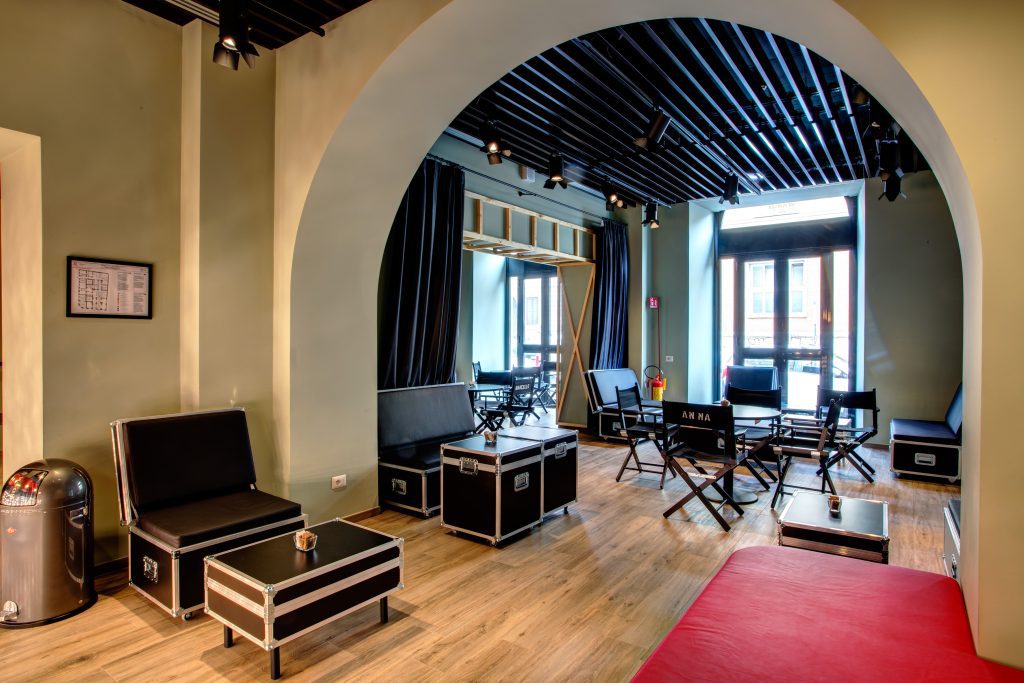The famous Jubilee in Rome
If you’re planning a trip to Italy in 2025, you’re in for something truly special. That’s the year of Giubileo 2025, the next Jubilee in Rome, a celebration that only happens once every 25 years. Hosted by the Catholic Church in Italy, the Jubilee is a time for both pilgrims and visitors to experience Rome in a unique and spiritually significant way. Here’s everything you need to know to make the most of this extraordinary event!
Keep reading to discover everything you need for an unforgettable Giubileo 2025 experience,
from must-see events to insider travel tips!

 What is Giubileo?
What is Giubileo?
The Jubilee, or “Giubileo,” is a Holy Year celebrated by the Catholic Church every 25 years, with special events and pilgrimages for people looking for spiritual renewal. It offers the faithful a unique chance to ask for a plenary indulgence, or the forgiveness of sins, for themselves or deceased loved ones. The last Jubilee was an extraordinary Holy Year in 2015 led by Pope Francis, who will also oversee Giubileo 2025.
Jubilees last about a year, kicking off just before Christmas and ending on the Epiphany the following year. The most cherished tradition? The opening of the Holy Doors at Rome’s four major basilicas. These doors open only during a Jubilee year, symbolizing the path to forgiveness and new beginnings.

 Key events for Giubileo 2025
Key events for Giubileo 2025
Giubileo 2025 will begin with an opening Mass led by Pope Francis in St. Peter’s Square on December 24, 2024, at 7 p.m., followed by the symbolic opening of the Holy Door at St. Peter’s Basilica. Although entry to the Mass is free, you’ll still need to register on the official Jubilee website to secure your spot.
Other things you need to know:
#1 Holy door pilgrimage
Pilgrims can walk through the Holy Doors of St. Peter’s Basilica, St. John Lateran, St. Paul Outside the Walls, and St. Mary Major. Each door will open in succession after St. Peter’s, remaining open throughout the Jubilee year.
#2 The seven churches pilgrimage
Dating back to the 16th century, this 25-kilometer route, created by St. Philip Neri, takes pilgrims to seven historic churches, including the Vatican’s St. Peter’s Basilica, St. Sebastian, and St. Lawrence Outside the Walls, reaching into the Roman countryside and catacombs.
#3 European patronesses and saints Rroute
Special stops along this route include churches honoring European female saints, like St. Bridget’s Church and Santa Maria Sopra Minerva, where St. Catherine of Siena’s relics are kept. Discover the lives of these saints who have deeply influenced Catholic history and the European Union.
#4 Europe in Rome
This unique path features 28 churches, each representing a member state of the European Union, highlighting artistic and cultural ties and Rome’s historic role in welcoming European pilgrims.
#5 The pilgrim’s card
The Pilgrim’s Card is a free digital pass, needed to access major events and organize pilgrimages to the Holy Door. Pilgrims can sign up on the official website or app to receive a QR code linked to a personal account. This card makes it easy to register for events and arrange your visit to Rome’s sacred sites.

 Tips for a memorable Rome Jubilee 2025
Tips for a memorable Rome Jubilee 2025
Here are some tips to make the most of your Giubileo experience:
Plan ahead 
Register for the Pilgrim’s Card early to secure your place at key events and manage your pilgrimage schedule.
While you’re in Italy, consider heading north to explore the incredible Venice art museum—essential stops for every art lover seeking world-class culture and history.
Map your routes 
Holy Doors and other popular sites can get busy, so plan to visit early in the morning or during quieter times.
Celebrate the saints 
Use the Roman Catholic saints’ calendar to time your visit with feast days and events honoring these historic figures.
For more ways to experience the city beyond the usual tourist spots, check out our article on Rome like a local: insider tips and discover hidden gems and local favorites!

 The heart of Giubileo 2025
The heart of Giubileo 2025
Giubileo 2025 invites you to experience Rome’s traditions, global unity, and the inspiring energy of this historic Jubilee event. Rome is ready! Are you?
In a nutshell
When: from 24 December 2024 to 6 January 2026
Download the iublaeum2025 app in six languages to stay updated, register as a pilgrim, and get your free Pilgrim’s Card.
Note: The program is continuously updated and may change.
Your guide to Giubileo 2025: FAQs
Book your stay at the MEININGER Roma Termini, close to the city center, to easily access key basilicas, pilgrimage routes, and cultural sites!
Stay central
Address: Via S. Martino della Battaglia, 16, 00185 Roma RM, Italy






